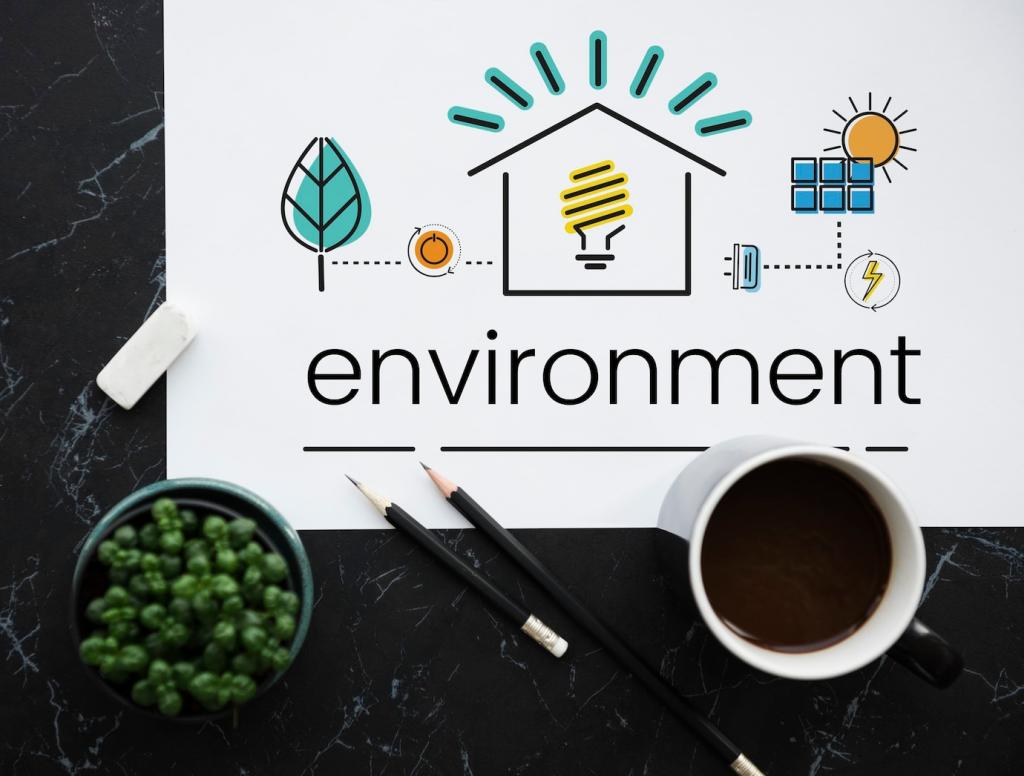Why Recycled Materials Matter
Every reclaimed beam, recycled tile, or repurposed fixture avoids the carbon and energy required for producing new materials. Lower embodied energy means a smaller footprint before the lights even switch on. Tell us in the comments which reused element made the biggest difference in your project.
Why Recycled Materials Matter
In one modest 1,500 square foot renovation, a family diverted over three tons of lumber, brick, and metal from landfill by sourcing reclaimed products. The result was quieter rooms, richer textures, and a story guests always ask about. Share your own diversion wins to inspire others.








